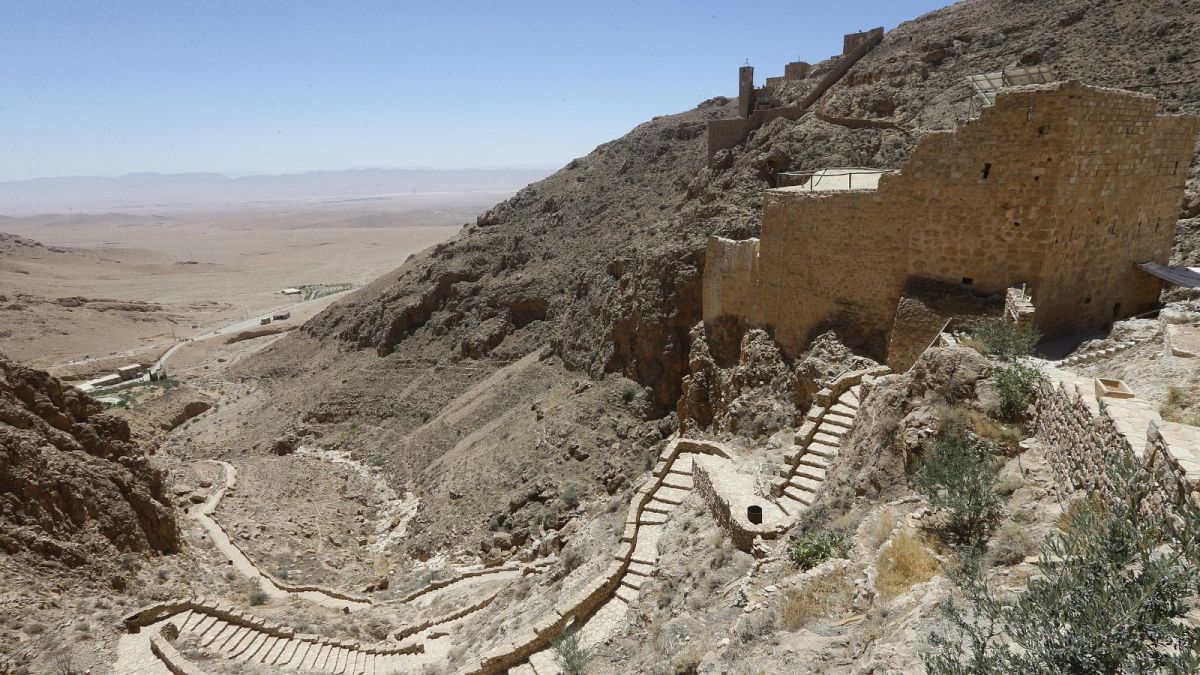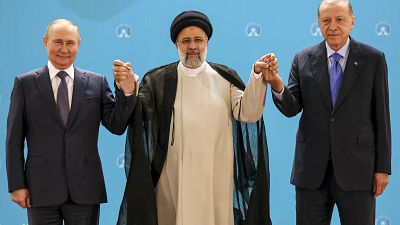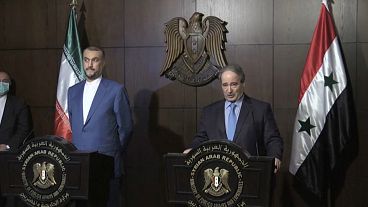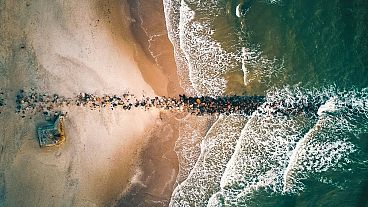A lone Syrian monastery that was once a hub for interfaith dialogue has reopened to visitors after more than a decade of war.
A lone Syrian monastery that was once a hub for interfaith dialogue has reopened to visitors after more than a decade of war and isolation.
Deir Mar Mousa Al-Habashi, known as St. Moses the Ethiopian, is situated in the desert on a rock-cliff in Al-Nabek, some 100 kilometres from Syria’s capital, Damascus. The seventh-century monastery once attracted tens of thousands of people.
More than a decade of war in Syria and the coronavirus pandemic, however, emptied the space of visitors.
"Father Paolo is one of the founders of the monastery and he is the one who restored it,” says Father Jihad Youssef, the head of the monastery.
“He rebuilt the monastery from ruin with the help of volunteers from Syria, Lebanon and Italy, and he started the monastic life here and lived in Syria for 30 years.”
The ancient, dimly-lit monastery is now waiting for people to return.
“Even when we were closed, during the entire time, we weren't accepting visitors... We yearn for people to return,” Father Youssef explains.
“We want to see them pray and meditate with us once more, so that they may find here a space for calm, silence and contemplation."
How did Syria’s civil war impact the monastery?
The Syrian civil war began in 2011 when a group of teenagers, inspired by the Arab Spring, scrawled graffiti on a school wall. It taunted President Bashar al-Assad with the words: “Your turn has come…”
The boys were arrested and tortured, igniting protests across the country.
The civil war between rebel groups and President Assad created a vacuum, giving rise to terrorist groups such as the Islamic State.
Father Jihad Youssef says one of the founders of the monastery went missing.
"He (Father Paolo) was most likely kidnapped by Daesh, by the (so-called) Islamic State of Iraq and the Levant,” he says.
“Until this day, as far as I know, we do not know for sure whether he is alive or dead, we do not know if he was killed, jailed or imprisoned.”
What’s the history of the monastery?
The monastery was constructed around an abandoned Byzantine watchtower dating back to the fifth or sixth centuries AD.
According to legend, the King of Ethiopia’s son travelled through Egypt and Palestine, becoming a priest along the way. He then settled in the Syrian mountains to seek a spiritual life near the deserted watchtower.
He was killed by Chalcedonian Byzantine soldiers in the seventh century and so the monastery was named in honour of the priest.
Extensive fresco paintings cover the church wall, surviving as some of the richest examples of Christian art in the Middle East. But the monastery has been left to neglect.
In the 1970s and ‘80s, Italian Jesuit Paolo Dall’Oglio and Syrian Catholic communities restored the monastery.
Dall’Oglio transformed the monastery into an interfaith centre and gave shelter to political dissidents and victims of regime torture during the Syrian Civil war, author Shaun O’Neill told Al Arabiya news channel.
The Italian priest went missing in 2013 as relations between him and President Assad’s regime fractured.
Watch the video to see inside this ancient desert monastery in Syria.



